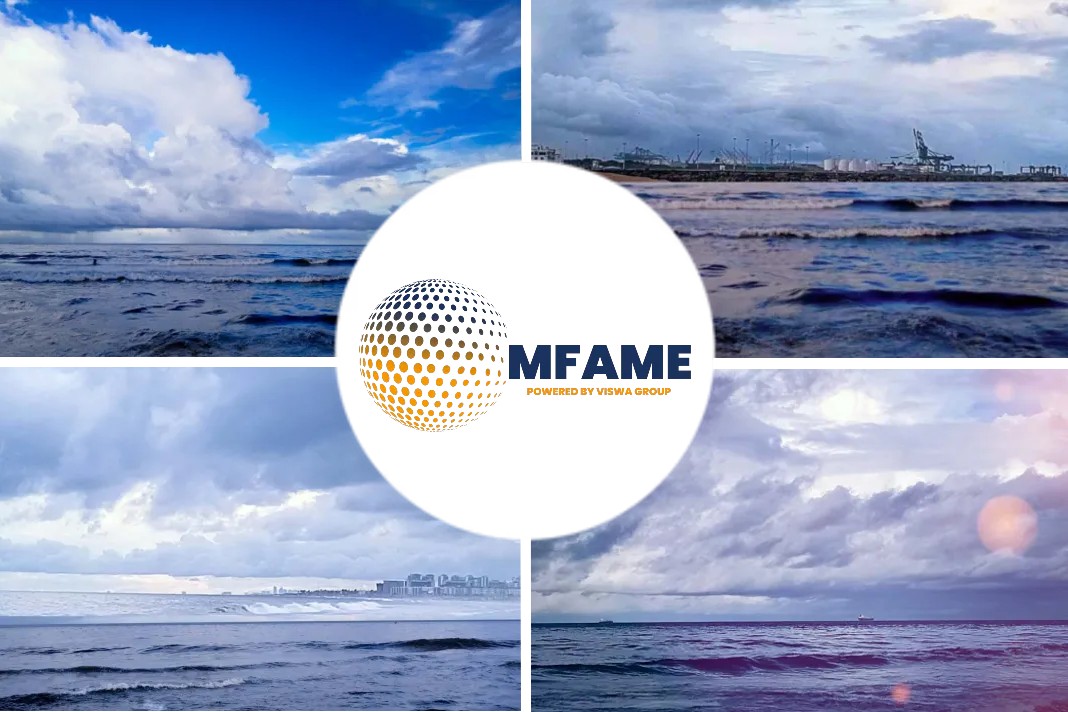
The EU Emissions Trading Scheme (ETS) is a significant regulatory framework affecting shipping. This guide aims to simplify the complexities of the EU ETS, explain its impacts, and suggest actions for shipowners and operators, says an article published on navtor website.
- The EU ETS may introduce significant costs, but it is a step in the right direction for reducing emissions and combating climate change.
- By implementing informed strategies and effective monitoring and management systems, compliance can lead to benefits such as reduced fuel expenditure, improved energy efficiency, and a strong business case for transitioning to more sustainable practices.
- With the right approach, the EU ETS need not be feared, but rather welcomed by the shipping industry and society as a whole.
What Is The EU ETS?
The EU ETS, introduced in 2005, is part of the European Union’s plan to become carbon neutral by 2050, with a 50% reduction in greenhouse gas emissions by 2030. It is a market-driven system designed to create financial incentives for businesses, including shipping, to reduce emissions and adopt more sustainable practices.
The scheme obliges shipping companies (owners, managers, or bareboat charterers) to purchase Emission Allowances, where each allowance covers one ton of CO2e emissions. Starting in 2026, the scheme will expand to include CH4 (methane) and N2O (nitrous oxide) emissions.
How Does It Work?
The EU ETS operates on a cap-and-trade principle, which means there is a limit on the total greenhouse gas emissions in the system. This cap will gradually decrease over time, and the cost of allowances will rise accordingly. Companies can purchase allowances through official auctions or on exchanges.
The number of allowances a company needs is determined through EU MRV reporting, with allowances to be submitted by a specified deadline. Failing to comply with this requirement will result in heavy financial penalties. The EU will phase in the requirement for allowances, starting at 40% in 2024, increasing to 70% in 2025, and reaching 100% in 2026.
What Can You Do?
- Establish Solid Foundations: Implement an advanced fleet and vessel monitoring and management solution to collect crucial data and gain real-time insights into operations. This allows for continuous monitoring, troubleshooting, and performance optimization, potentially reducing the need for allowances.
- Reporting and Validation: Your chosen monitoring system should cover reporting requirements and reduce the risk of human error. Validation is crucial for accuracy, so consider a dual validation process involving specialized software and human validation from experts.
Minimizing Risk and Financial Exposure
- Forecast Allowances: Determine your anticipated allowances for the coming year. This understanding will help you develop a sourcing strategy that optimizes costs by buying and selling allowances at the right times and through appropriate channels.
- Consider Alternative Fuels: Evaluate alternative fuels, as the cost of allowances may make biofuels, which have lower carbon factors, more cost-effective.
- Regular Emissions Updates: Use your monitoring and management system to regularly update your emissions profile, potentially reducing the need for allowances.
- Time Charter:Maximize the time your vessels spend under time charter agreements, allowing you to pass the cost of allowances on to charterers.
Redeeming Allowance Costs from Charterers
Owners must provide reliable, validated vessel emissions data to charterers promptly. A robust, real-time monitoring and management system is essential to ensure transparency and trust in emissions data, monitoring progress, and transferring allowances in accordance with requirements.
Smooth Sailing Ahead
Environmental and Commercial Opportunity: While complying with regulations is important, it’s also an opportunity for cost-saving and more efficient operations. By making informed decisions, compliance can become beneficial rather than solely an expense.
Did you subscribe to our daily newsletter?
It’s Free! Click here to Subscribe!
Source: navtor














![[Watch] Crazy Power Needed to Move World’s Largest Containerships](https://mfame.guru/wp-content/uploads/2023/11/mfame-tanker-100x70.jpg)
